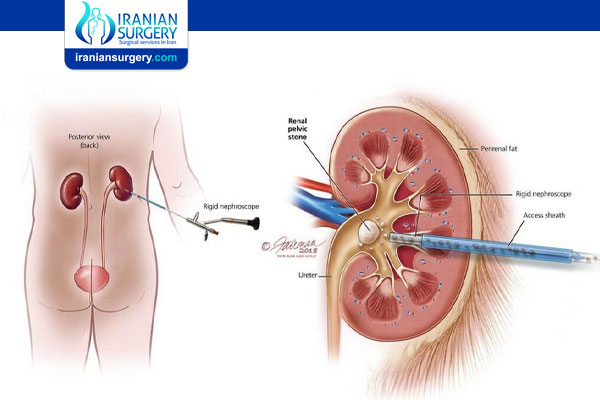kidney stone surgery complications
Can kidney stone surgery damage kidneys?
Is kidney stone surgery life threatening?
How many days rest after kidney stone surgery?
Complications after Kidney Stone Surgery
Complications can occur after the treatment of large kidney stones.
Your surgeon should explain these to you before you have the procedure.
Possible complications will depend on the type of treatment you have and the size and position of your stones.
Complications could include:
. Sepsis, an infection that spreads through the blood, causing symptoms throughout the whole body
. A blocked ureter caused by stone fragments (the ureter is the tube that attaches the kidney to the bladder)
. An injury to the ureter
. A urinary tract infection (UTI)
. Bleeding during surgery
. Pain
Source:
10 common questions about kidney stone surgery complications
1How long does it take to recover from kidney stone surgery?
4 to 6 weeks
You may need to stay in the hospital for a few days. It can take 4 to 6 weeks to fully heal after open surgery
2What happens after kidney stone surgery?
It is normal to have a small amount of blood in your urine for a few days to a few weeks after this procedure. You may have pain and nausea when the stone pieces pass. This can happen soon after treatment and may last for 4 to 8 weeks
3Why do I still have pain after kidney stone surgery?
You may still experience pain after laser surgery. If you have a stent between the kidney and ureter, most pain will likely come from the stent because it can rub on the kidney or bladder. It also can make you feel like you have to urinate, and it may cause some blood in the urine.
4Is kidney stone surgery life threatening?
A. SWL is a safe and effective procedure for kidney stones and has an excellent track record. However, as with any surgical procedure, problems can occur. Major complications such as bleeding and severe pain are extremely rare.
5Is kidney stone surgery a major surgery?
Most patients leave the hospital stone free. Occasionally, though, another procedure will be needed to remove a stone. Even though it involves an incision, it is less invasive than a full open surgery to treat the kidney stone
6How long does stent stay in after kidney stone removal?
four to seven days
A ureteral stent is typically removed four to seven days after surgery during a short office procedure, although sometimes the stent must stay in longer.
7How long does it take to recover from kidney stone removal?
Most stone fragments that are not removed pass out of the body within 24 hours. But sometimes it can take many weeks. If you have a large stone, you may need to come back for more treatments. This care sheet gives you a general idea about how long it will take for you to recover
8Is a 2 cm kidney stone big?
Introduction: The preferred treatment of >1cm stone is shockwave lithotripsy (SWL), while that of stone <2 cm is percutaneous nephrolithotomy (PCNL), but treatment of 1-2 cm renal stones is a controversial issue
9What can I eat after kidney stone surgery?
Limit the amount of salt (sodium) you eat. Choose more fresh and frozen fruits and vegetables; whole grains; milk and yogurt; small portions of unseasoned meat, fish and poultry; and unsalted nuts and seeds. (If you had calcium oxalate stones, limit the amount of nuts you eat each day as they are high in oxalate
10Is it painful to remove ureteral stent?
The majority of stents (44%) were removed by office cystoscopy while 39% had their stents removed by string. Mean pain during stent removal was 4.8 out of 10 with 57% reporting moderate-to-severe pain levels of 4 or more. Removal by office cystoscopy resulted in the highest experienced pain


